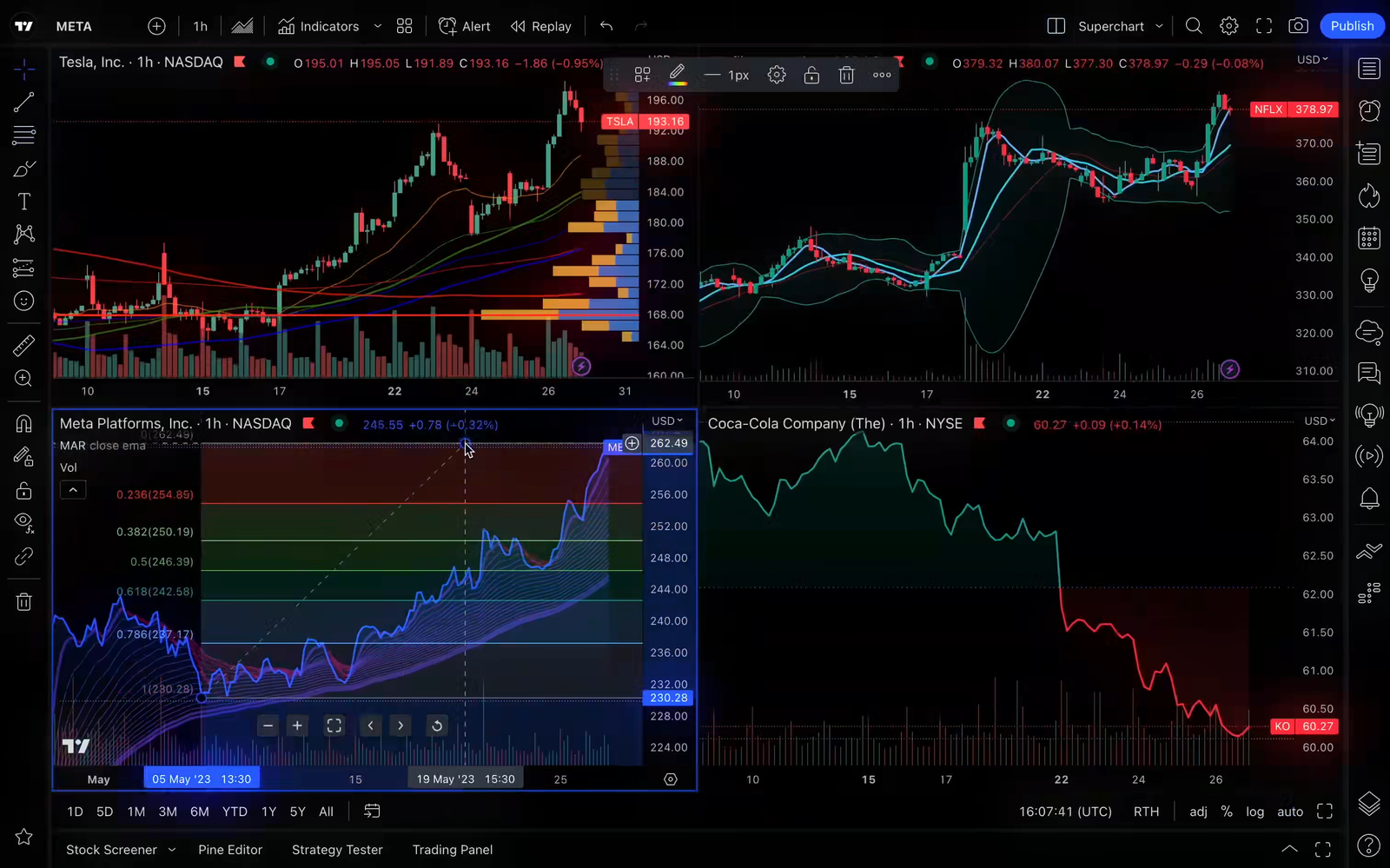Understanding Forex Data: Types and Sources In the realm of forex trading, a robust understanding of data is paramount for making informed decisions. There are various types of forex data that traders rely on for research and analysis, each serving a unique purpose in shaping trading strategies. The two primary categories are historical price data and real-time market quotes, both of which are crucial for understanding market movements. Historical price data provides insights into past market trends and behaviors, allowing traders to identify price patterns and develop predictive models. This data can be sourced from forex brokers, specialized data providers, or financial platforms. It typically includes open, high, low, and close prices over specified timeframes, and can be instrumental for conducting technical analysis. Real-time market quotes, on the other hand, reflect the current buying and selling prices in the forex market. This type of data is essential for traders who engage in short-term trading strategies, requiring immediate access to up-to-date information regarding currency pair fluctuations. Additionally, economic indicators also play a significant role in forex data research. These indicators, such as GDP growth rates, employment statistics, and central bank interest rates, provide context for market sentiment and can significantly influence currency values. They are often released through government reports and central bank publications, making them accessible to traders seeking to comprehend broader economic conditions. Understanding the distinctions between fundamental and technical indicators is critical for effective trading strategies. Technical indicators focus on historical price movements, while fundamental indicators emphasize the broader economic landscape. Both types of data interact dynamically, impacting traders’ decisions and investment approaches. Overall, tapping into reliable sources—such as reputable forex brokers, established financial news websites, and authentic government reports—ensures that traders are equipped with the necessary knowledge to navigate the currency markets successfully. Analyzing Forex Data: Tools and Techniques Analyzing forex data effectively requires a combination of various methodologies and tools. Traders commonly utilize both technical and fundamental analysis to gain insights and make informed decisions in the foreign exchange market. Technical analysis involves the evaluation of price movements through chart patterns and various indicators. Chart patterns, such as head and shoulders or double tops, help in predicting future price movements based on historical trends. Additionally, indicators such as moving averages, Bollinger Bands, and Relative Strength Index (RSI) provide valuable signals that assist traders in identifying potential buying or selling opportunities. On the other hand, fundamental analysis focuses on economic indicators, such as Gross Domestic Product (GDP), employment rates, and inflation data. These indicators, along with geopolitical events, can significantly impact currency valuations. By examining these economic metrics, traders can better understand the underlying factors driving currency prices, ultimately enhancing their trading strategies. In recent years, the use of data analytics software and platforms has become increasingly popular among forex traders. Tools such as MetaTrader, TradingView, and NinjaTrader provide visualizations and analytics capabilities that facilitate informed decision-making. Traders can leverage these platforms to view real-time currency trends, apply various technical indicators, and conduct thorough historical analysis. This technological advancement allows for an enhanced interpretation of forex data, quickly identifying market opportunities and potential risks. To effectively utilize these analyses in their trading strategies, traders should adopt best practices such as backtesting and proper risk management techniques. Backtesting allows traders to evaluate the performance of their strategies using historical data, highlighting potential areas of improvement. Additionally, implementing strict risk management measures, such as setting stop-loss orders and position sizing, can safeguard traders from substantial losses. By integrating these methodologies, tools, and best practices, forex traders can enhance their understanding of market dynamics, ultimately leading to more successful trading outcomes.


